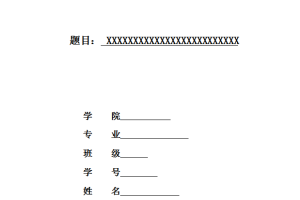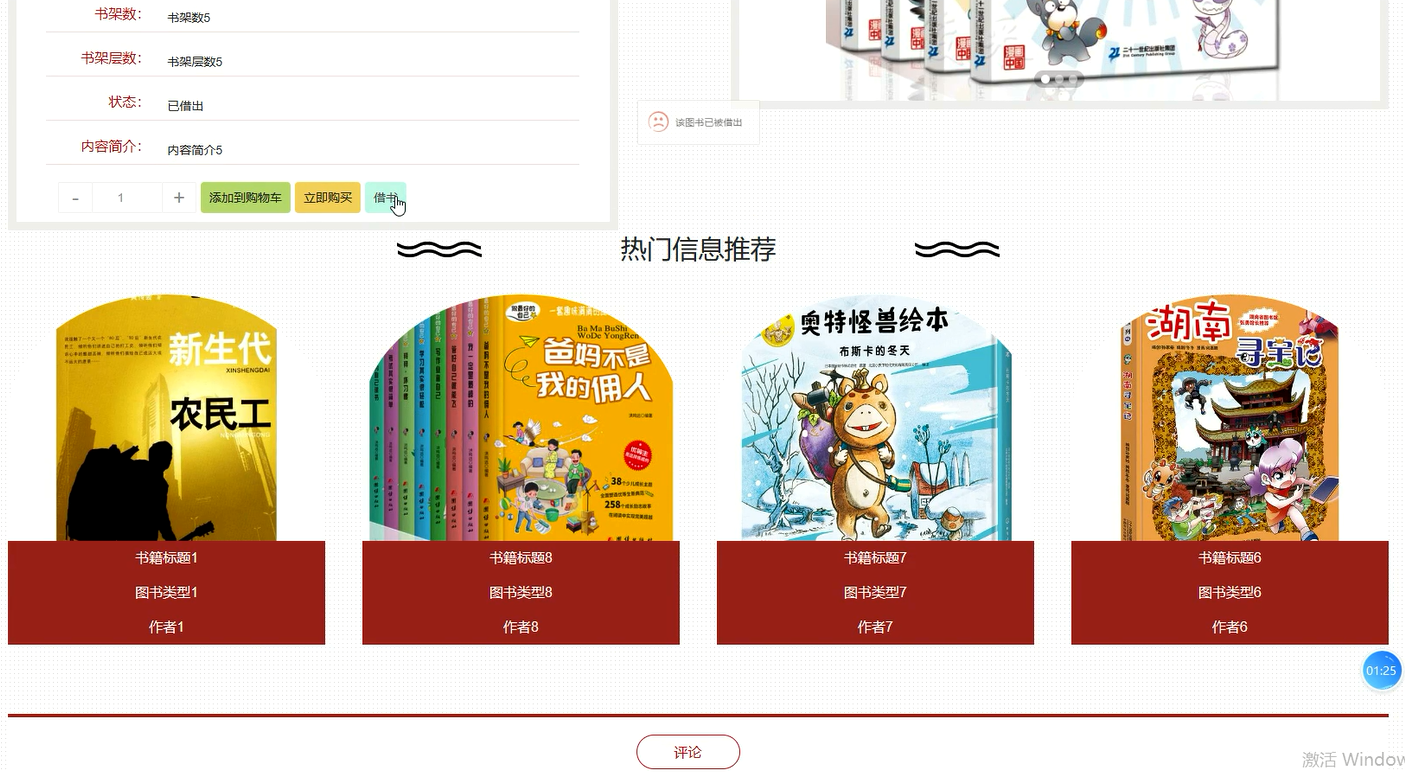温室自动控制系统设计
摘要:环境因子的稳定对植物生长来说是相当重要的。因此,控制各种环境因子的平衡稳定,适合植物生长,提高生产效率成为了一项研究课题,人们把这项研究称为温室自动控制系统设计。影响温室的主要有温度、湿度、二氧化碳浓度等环境因子,通过对这些环境因子的检测与控制,令温室达到稳定平衡的状态,从而提高植物成长速度与产量。本系统以AT89C51单片机为控制核心,利用温度传感器、湿度传感器、气体传感器对温室内对应的环境因子进行采集,将所测得的温度数据显示在外接显示屏上,然后通过A/D转换器将模拟信号转换成数字信号传递给单片机,以便单片机对数据信号进行处理。将所测得的各种环境因子与单片机的设定值进行比较,若测得的数值超过设定值上下限,则报警电路工作,蜂鸣器发出警报,并且启动自动控制系统进行调节。
关键词:单片机 传感器 A/D转换器 自动控制
The greenhouse automatic control system design
Abstract:Environmental factors of stability is necessary for plant growth. The stability of the control of various environmental factors, therefore, to improve the production efficiency has become a research topic, people call the study of greenhouse automatic control system design. Affect greenhouse mainly has the environmental factors such as temperature, humidity, co2 concentration, based on the detection and control of environmental factors, make the greenhouse reach stable equilibrium state, thus improve plant growth and yield. This system USES AT89C51 microcontroller as the control core, the use of temperature sensor, humidity sensor, gas sensor to collect the corresponding environmental factors in greenhouse, the temperature measured by the data showed that on the external screen, and then through the A/D converter converts analog signals into digital signals to single chip microcomputer, so that single chip microcomputer to deal with the data signal. Will be measured by various environmental factors compared with the setpoint of microcontroller, if the measured values than set value on the lower limit, the alarm circuit, the alarm buzzer, and the automatic control system.
Keywords: Single chip microcomputer The sensor A/D converter The automatic control
目录
1.2 课题研究目的和意义………………………………….. 1
第2章 系统的总体方案设计………………………………….. 4
3.1 DHT11温/湿度传感器模块设计………………………….. 8
3.2 ADC0809转换器……………………………………… 9
3.3 RS-232C标准接口总线……………………………….. 11
3.4 MAX232芯片介绍……………………………………. 11
3.5 MAX7219芯片介绍…………………………………… 13
3.6 二氧化碳传感器模块…………………………………. 13
3.8 继电器电路设计…………………………………….. 16
3.10 LED显示模块……………………………………… 19
4.2 传感器模块子程序流程图……………………………… 22
4.3 输出控制子程序流程图……………………………….. 23
4.4 键盘扫描子程序流程图……………………………….. 24





